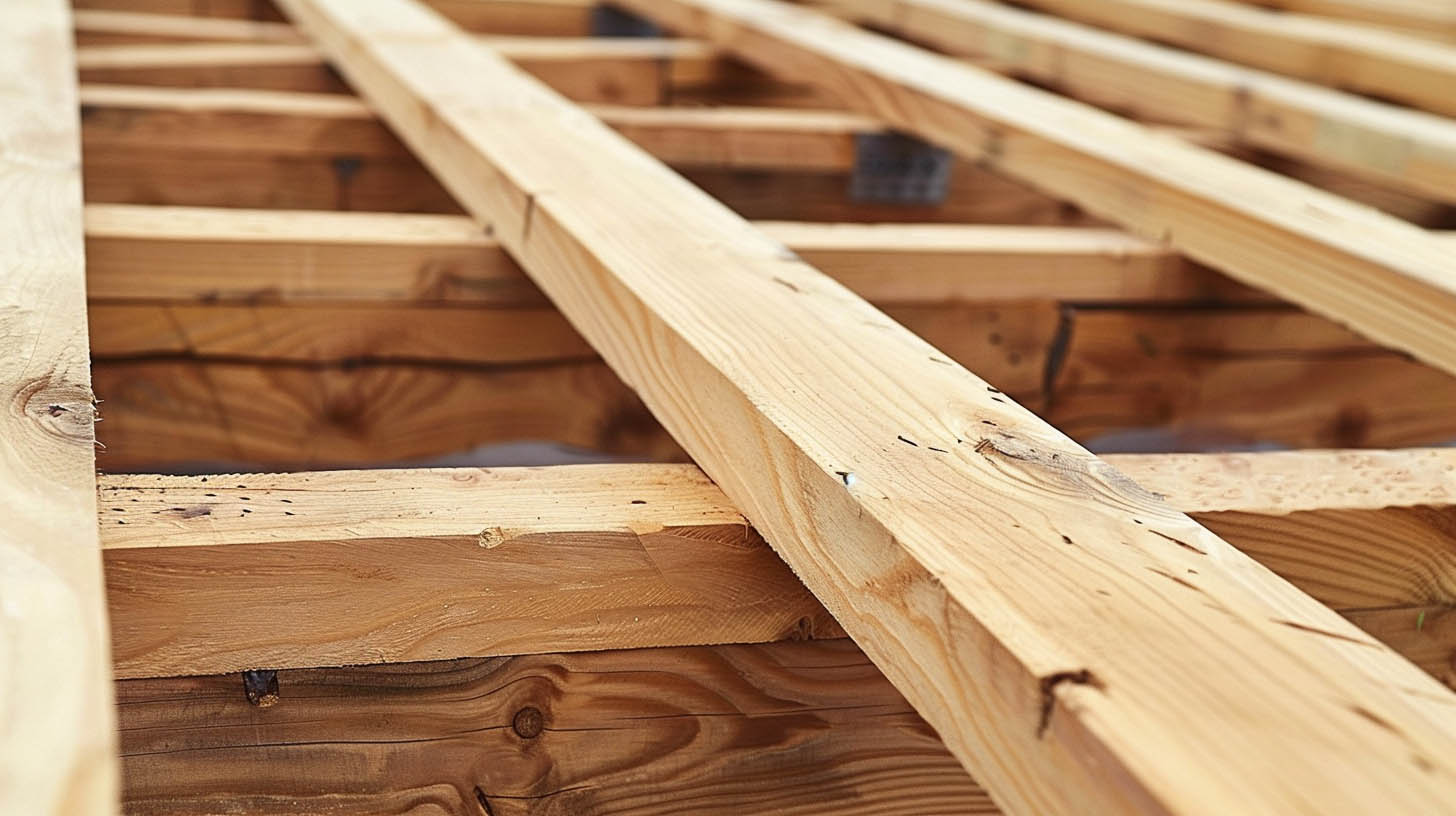
The Essential Structure of a Roof: An In-Depth Guide
Understanding the structure of your roof is vital for maintenance, repair, and replacement decisions. A well-maintained roof not only enhances the aesthetic appeal of your home but also plays a crucial role in its protection. This article delves into the anatomy of a roof, highlighting key components, their functions, and the importance of ventilation and insulation.
Key Components of a Roofing System
A roofing system is more than just its outer layer; it’s a complex structure designed to protect your home. Here are the fundamental parts:
- Deck: The foundation layer of the roof, typically constructed from wood or plywood, which supports all above components.
- Dormer: This architectural feature houses a window that projects from the roof, adding style and natural light.
- Eave: The part of the roof that extends beyond the walls of the house, providing water runoff away from the siding and foundation.
- Flashing: A weatherproofing component, usually made of metal, installed in the roof’s valleys and joints to prevent water seepage.
- Gable: A triangular wall formed by a sloping roof, a common design element that adds to the aesthetic appeal.
- Hip: Where two roof planes meet, creating a ridge that extends from the peak to the eave, enhancing the roof’s ability to shed water.
- Ventilation Features: Including off-ridge exhaust vents and ridge vents, crucial for maintaining airflow and preventing moisture buildup in the attic.
- Rake: The inclined edge of a roof extending from the ridge to the eave, providing a finished look.
- Sheathing: Boards or sheets attached to the rafters, forming a base for the roofing material.
- Underlayment: A protective layer between the deck and the shingles, offering an additional barrier against water and weather.
Ventilation and Insulation: Pillars of Roof Longevity
Proper ventilation and insulation are paramount for extending the life of your roof. A well-ventilated attic prevents heat and moisture buildup, which can cause rafters and sheathing to rot and mold to develop. Effective insulation, paired with a vapor barrier, maintains a stable temperature, reducing the risk of ice dams in winter and keeping your home comfortable year-round.
Choosing the Right Roofing System
The “perfect” roofing system varies depending on several factors, including cost, durability, aesthetics, and architectural style. From traditional asphalt shingles to innovative materials like synthetic slate and metal roofing, the options are diverse. Each material offers unique benefits, such as the aesthetic appeal of cedar shingles or the energy efficiency and longevity of metal roofs.
The Melo Roofing Inc. Difference
At Melo Roofing Inc., located in Syracuse, NY, we bring a unique blend of dedication and expertise to every project. As a veteran-owned, family-operated company, we understand the importance of a reliable roof. We approach each task with the commitment to provide quality service from dawn until dusk, ensuring your roofing needs are met with precision and care.
Conclusion
A thorough understanding of your roof’s anatomy and the critical role of ventilation and insulation can significantly impact its lifespan and functionality. Choosing the right roofing system involves considering various factors to find the best fit for your home’s needs and aesthetic. For expert guidance and unparalleled service, look no further than Melo Roofing Inc., where every project is handled with the utmost professionalism and attention to detail.




